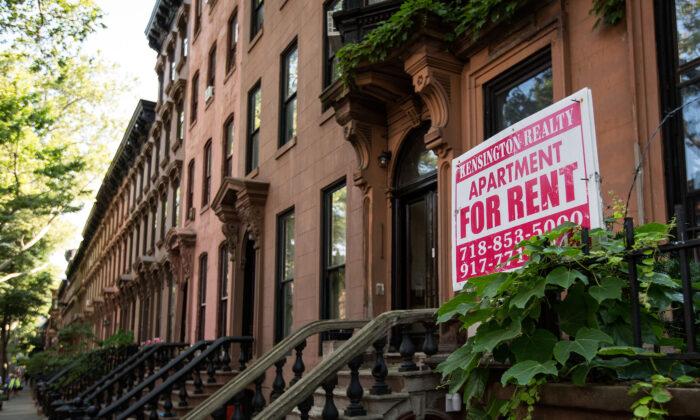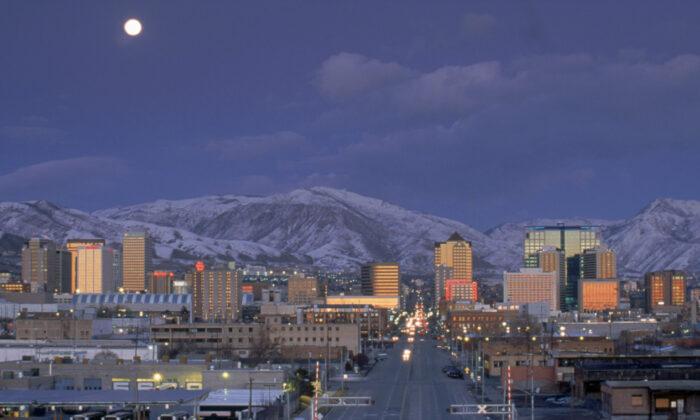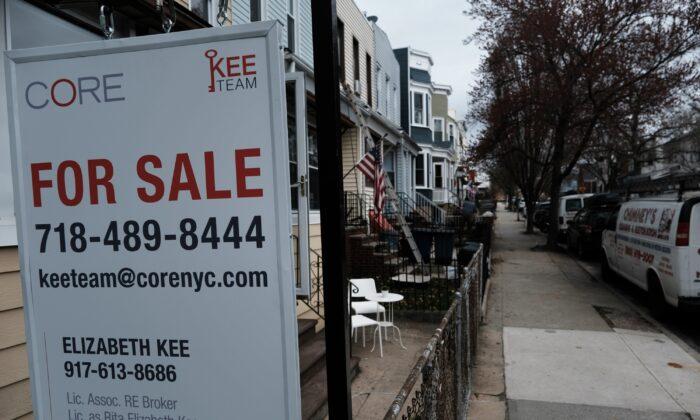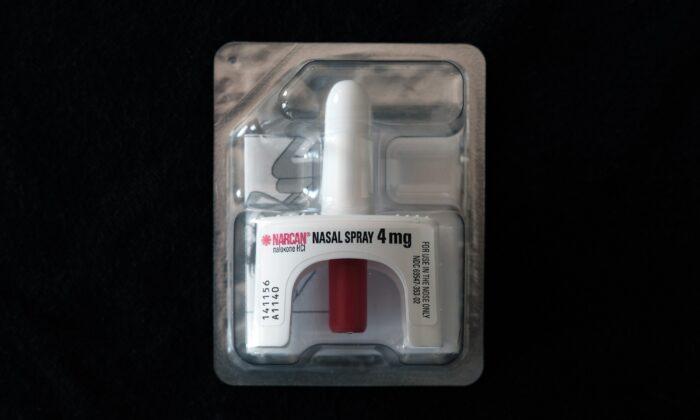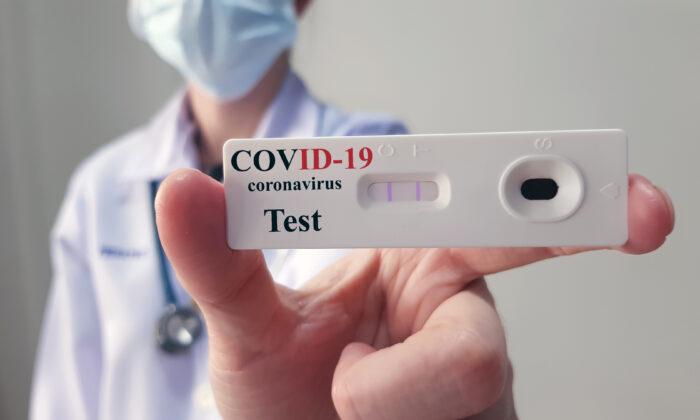New York Gov. Kathy Hochul has announced that the state is seeking more federal funding for its Emergency Rental Assistance Program (ERAP), a drastic turnaround given that state officials were concerned about the program’s operation just a couple months ago.
In a news release late last week tied to another COVID-19 measure, Hochul said that the state has allocated funds or issued payments totaling $1.8 billion as of Sept. 30 to cover rent and utility payments for tenants who either lost their job, suffered a pay cut or experienced financial hardship because of the pandemic.
The National Low Income Housing Coalition (NLIHC) listed New York as having allocated $1.6 billion as of last Monday. Still, it was the only state to top the $1 billion mark and the only one to fully appropriate its first round of funding.
In mid-August, Comptroller Thomas DiNapoli issued a report indicating the lack of progress could lead to the federal government revoking funds. State lawmakers also peppered Office for Temporary and Disability Assistance Commissioner Michael Hein about the application process and outreach efforts.
Issues facing the program included a complicated online application process and that state workers often needed to track down landlords for information or verification. In one of her first orders as governor, Hochul allocated $1 million to bolster outreach efforts about the program and assigned 100 state contractors to work solely on contacting landlords to finalize applications.
New York, other states and the District of Columbia received billions in emergency rental relief funding through two COVID-19 aid packages. Lawmakers approved $25 billion in rental assistance in the December 2020 emergency spending bill. They added nearly $21.6 billion in the American Rescue Plan Act three months later.
Most of that funding went directly to states, although communities could opt-out and receive their own allocation.
The December spending bill also called on the U.S. Treasury Department to reallocate outstanding funds from the first round of aid and reapportion it to states that have obligated at least 65 percent of their dollars.
New York received nearly $1.2 billion in the first round of funding, according to the coalition. Overall, it received $2.7 billion in initial aid.
According to the NLIHC, only seven states were projected to exceed the 65 percent threshold through last Monday. Besides New York, the other states are Connecticut, New Jersey, Illinois, Texas, Virginia, and Oregon. The District of Columbia also was expected to meet the threshold.
Meanwhile, 23 states were projected to have allocated less than 20 percent of their first round of rental aid funding.
In a letter dated Monday to the state programs handling the aid money, Deputy Treasury Secretary Adewale Adeyemo wrote that states that have not met that 65 percent threshold must provide the federal government with an improvement plan, and those with the lowest expenditure ratios will have funds taken away from them.
A related memo also issued Monday said that the department will begin accepting requests for additional funding starting next Friday. Only those who have met the 65 percent threshold can make the request.
The additional funding that’s almost certainly coming New York’s way will be embraced by lawmakers and state officials seeking to reduce the number of residents who face eviction. No state has more residents who rent housing than New York’s 46 percent.
It’ll also likely be welcomed by landlords, who in some cases have gone more than a year without receiving rent payments for their properties.
According to OTDA, more than 52,700 landlords have already received more than $667.3 million in funds from ERAP. More than 89,200 applications have been preliminarily approved. Once those applications have been verified, the landlords tied to those claims will receive $1.1 billion.
ERAP covers funding for up to 12 months of back rent or overdue utilities. Certain applicants may also receive funding to cover three months of rental payments. Those funds go directly to the landlord or utility.
In return for accepting the ERAP, property owners agree not to evict tenants for a year. However, there are some exceptions to that rule.
Besides ERAP, Hochul on Thursday also announced that the state will make $125 million available to landlords whose properties were not eligible for ERAP funding.
That includes property owners whose tenants did not apply for ERAP or had units abandoned by renters who owed back payments. Eligible properties must have a lease rate no higher than 150 percent of the fair market rate in their community.
“I am proud that our state’s rental assistance program has already provided much needed relief to tens of thousands of New Yorkers, but there are still many small landlords ineligible for that relief because of federal rules who also need our help,” Hochul said. “This funding is a critical tool to close that gap and help more New Yorkers recover from the pandemic.”
The funding for the program comes from the legislation New York lawmakers passed in a special session last month to extend the state’s eviction moratorium until Jan. 15.
While the funding will be allocated on a first-come, first-served basis, the state will give preference to property owners with a building that houses 20 or fewer units if they apply within the next six weeks.
“It’s especially important that property owners whose tenants may have left their apartments after months of not being able to pay their rent will now be eligible for payments, ensuring that unpaid rent debts from this period will not continue to burden either the landlord or the tenant,” he said.
